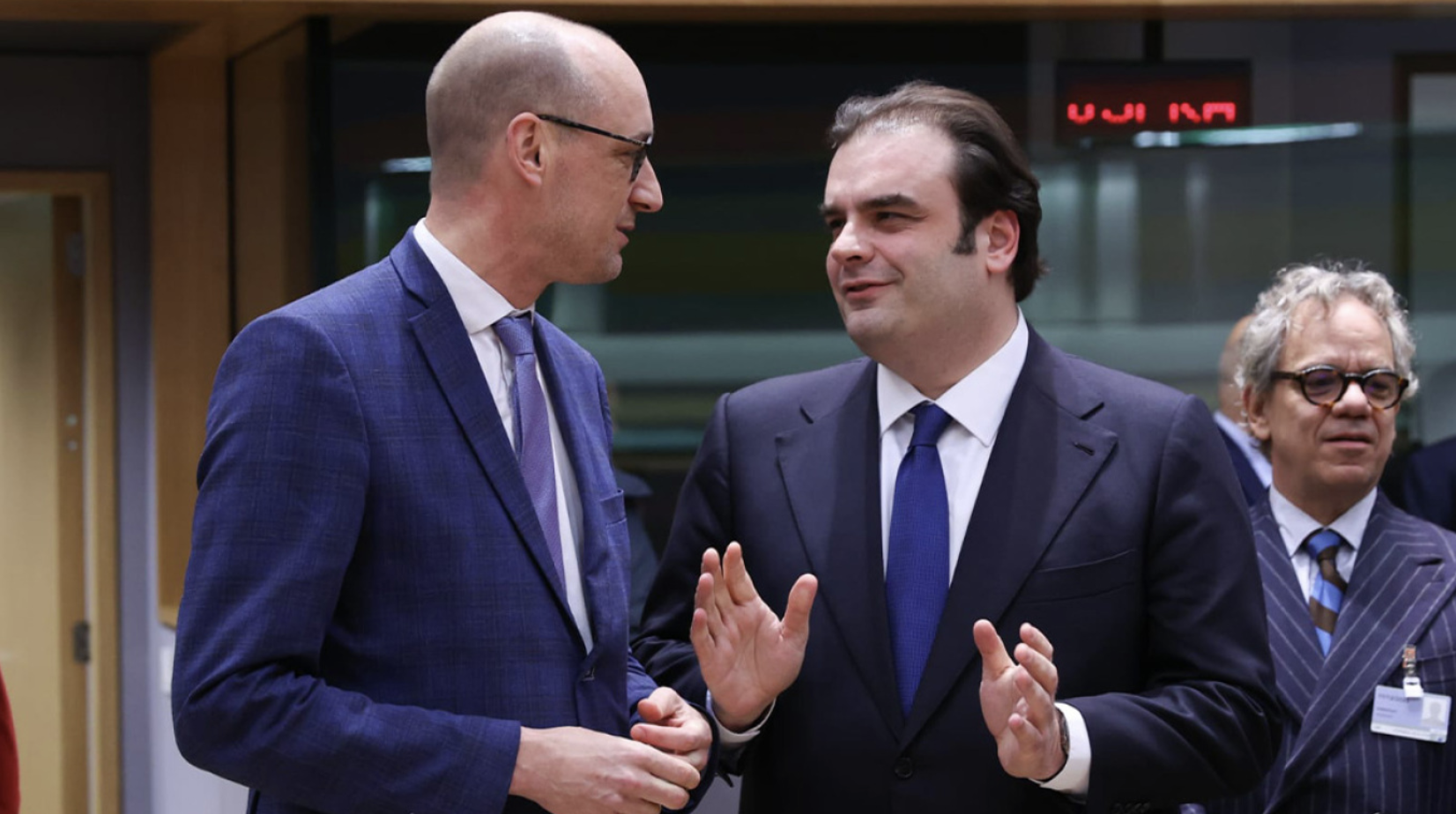Clarifications on the cost of electricity and the measures announced today to curb prices in August is provided by the Department of Environment and Energy in a question-and-answer briefing note. In particular, the following are highlighted:
1. Why did wholesale prices increase in the Greek electricity market?
The increase recorded in wholesale prices in Greece is due to a combination of events. These include:
– The prolonged heatwave in Greece, which was expected but above normal levels,
– The heatwave of unexpected duration from Ukraine to Greece, worse than that in Greece,
– The increased demand from Ukraine because the Russians continue to destroy the electrical infrastructure.
– The failure to relieve the increased demand that has been created, especially in Hungary to the West. Due to weak interconnections to the West (e.g., Austria-Hungary interconnection), we are being passed on Hungary’s prices while we are about 1,000 km away. Austria, however, which is next door, has dramatically lower prices because it has exported as much as it can export to Hungary and its prices have been decoupled.
2. How are wholesale electricity prices in Greece affected by the prices in other European countries? Does this happen only when wholesale prices increase or also when wholesale prices decrease?
Wholesale prices are mainly affected by the interconnected Balkan countries, which do not have good interconnections with the rest of (Central) Europe. This happens both when prices increase and when they decrease. In particular, interconnections affect both supply and demand. And we seek to have interconnections – we have improved them – for the most efficient operation of the system. This means, however, that there can be periods when energy goes abroad and prices go up from the demand that is abroad and vice versa, periods when prices go down from the supply of cheap energy coming abroad. The above refers to wholesale prices. Added to these are the charges relating – primarily – to the cost of operating the networks and the social services we offer, either with low charges for the vulnerable or with very large amounts of subsidies for electricity in Crete and the islands, through the YCOs. These amounts will be reduced decisively when the interconnections are completed.
3. Why did retail electricity prices increase in July?
Retail prices follow, with a lag, wholesale prices, which have risen for the reasons mentioned above. The government, however, has shown immediate reflexes by taking steps to ensure that consumers do not see increases in their August bills.
4. When will retail electricity prices return to seasonally normal levels?
The drop in retail prices is a function of the type of tariff. It is immediate in yellow, with a lag of at least a month in green, while blue is unaffected over the duration of the relevant contracts. August futures prices, i.e. market estimates of future prices, show a deceleration of wholesale prices for Greece.
5. Will these increases in consumers’ bills be a frequent occurrence in the future?
We are taking measures to ensure that this phenomenon is not frequent. In this direction, we are adopting policies to further increase the penetration of renewable energy, installing electricity storage plants, strengthening interconnections so that the need to operate expensive thermal plants that raise electricity costs does not occur. The Government has demonstrated, time and again, that when there is a need, it intervenes and assists consumers, even though European instruments are extremely limited and European commitments are strict. This is what we have done now with the extraordinary measures announced on energy costs.
6. Is there any special provision, on the part of the government, to enable consumers to cope with the increased costs?
Through an amount collected from the special levy on power generators in favour of the Energy Transition Fund, electricity consumers who are contracted to variable electricity tariffs and are affected by the upcoming steep rise in tariffs next month will be subsidised for August. The consumption limit of the subsidy for residential consumers will be 500 kilowatt hours (kWh) per month. Announcements on the perimeter of the beneficiaries and the exact amount of the subsidy in Euro/MWh for each category will be made immediately after the announcement of the final prices of the special (green) tariff in the first days of August.
7. Will you take measures to provide financial support to farmers?
We have, already, instituted the GAIA tariff, which applies to rural electricity connection holders. Through this, they get access to low electricity prices, in the long term, for a period of 10 years. Following the latest developments, not a single farmer should be left outside the GAIA by the end of July. They secure pre-crisis prices for all their electricity for two years.
8. Have you taken into account the fact that the increase in power prices will also affect the prices of commodities? What will you do about it?
We believe that the increases in the last month are a transient phenomenon, not having a significant impact on production costs, such as to warrant any concern about a spike in inflation. Inflation has been moderating globally in recent times.
9. Will the government take measures to address energy costs that will be relevant to businesses? What initiatives will the government take to ensure that small and medium enterprises do not have to pay back the huge amounts of the ETMEP?
A very important measure that we are taking for the benefit of businesses relates to the fact that there will not be any kind of refund in relation to the ETMEP. This pending issue will not be resolved at the expense of small and medium-sized enterprises, as it is not their fault that the implementation of the ETMEP was delayed. There will therefore be no retroactive effect. Decision, with a benefit of hundreds of millions of euros for small and medium-sized enterprises.
10. What benefit will consumers see on their bills from the measures taken and when?
These days, the quantification of the measures is being carried out to determine the exact benefit for consumers. They will see the benefit in their next electricity bill (August bill).
Ask me anything
Explore related questions





